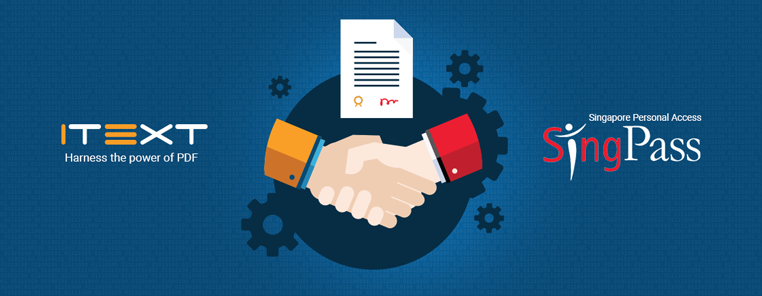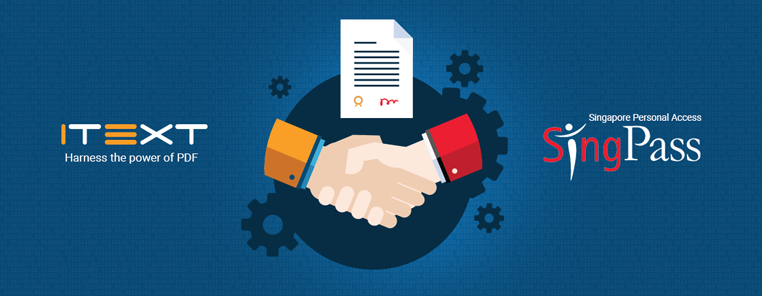
This article is an integral part of a larger blog post series across several weeks on System Integrators and National digital identity programs. This series discusses the opportunities for System Integrators to create new business and integrate the digital document workflows of their customers, in the private and public sectors, with these national programs.
Registering or booking appointments in healthcare, finance, telecom, real estate or hospitality using a national digital ID will become default citizen behavior. Citizens will finally be able to avoid the slog of manually filling out forms, or having to repeatedly provide their personal data over and over again when signing contracts online. National digital identity programs allow the prefilling of personal data and login much more easily and secure. This trustworthiness and user convenience are the key reasons why quick and high adoption rates are easy to understand.
Some private business owners might complain on how some governments are often rather slow and conservative in implementing new regulations to let private businesses and the economy really thrive. Make no mistake, National digital identity programs are nothing like that. High adoption rates will demand private business to plug in on time or will otherwise end up as the pot calling the kettle black.
Because of these programs, citizens are increasingly expecting any existing paper document exchange or signing of an agreement on paper, between a private business and a customer, to transform to a digital workflow. This requires businesses to manipulate PDF documents in high volume, digitally sign and secure PDF documents using National Digital Identity Platforms, etc.
If we look at Estonia as an example, lauded as the world's most digitally advanced society, there is a study on the usage of qualified electronic signatures among 15-64 year-old citizens performed by Ernst & Young Estonia Baltic AS in collaboration with the Estonian Ministry of Economic Affairs and Communications. It showed take-up of the electronic identities and e-signatures by the private sector in Estonia, especially by the financial sector, has been extremely important.
To put it simply, how annoying is it when you have to reenter the same personal details over and over again on different online platforms? And when you move, or your family situation changes, everything needs to be updated all over again? National digital identity programs avoid these negative user experiences. Your personal details are centralized by the government and business or public institutions can access them with your permission, relieving you from a lot of lost time. You would more than happily adopt such technology, right? And we’ve not even mentioned receiving forms, printing, signing, scanning and emailing them back to businesses. Who still wants to do that? Honestly?
Let’s get those businesses integrated and not look back anymore.
Stay tuned for our next reason next week, where we will talk about Strict screening and lengthy application procedures for national digital identity program integrations. Or read the interview with DXC, a renowned global System Integrator.
System Integrator Series
- Introduction:
Introducing 5 reasons why a global surge in national digital identity programs requires digital document workflow reviews. - Reason 1:
Enormous new market potential for both SIs and customers due to national digital identity programs. - Reason 2:
High adoption rates for national digital identity programs cause high demand for digital document workflow integrations. - Reason 3:
Strict screening and lengthy application procedures for National Digital Identity Program integrations. - Reason 4:
Proactive vs reactive behavior with national digital identity program integrations. - Reason 5:
Digital signing features in national digital identity programs affect document workflows. - Conclusion:
National digital identity program business opportunities.


